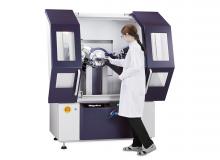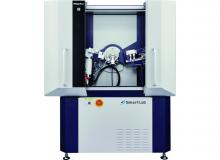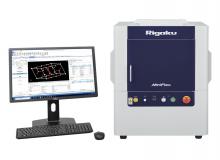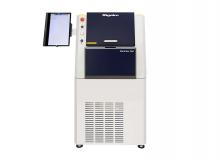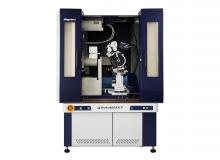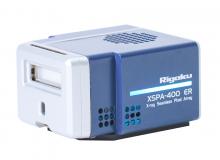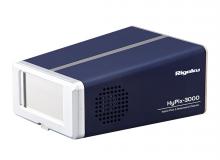Background
When a particle size is reduced to nanometer scale, the quantum size effect emerges as the specific surface area increases, resulting in the appearance of new physical properties that are not observed in the bulk form. Metal nanoparticles readily grow into polycrystals during the fusion process, so it is necessary to measure not only the particle size but also the crystallite size to elucidate the growth mechanism and study properties. Crystallite size can be calculated from the width of the X-ray diffraction peak. The following is an example of crystallite size analysis by measuring a microvolume of metal nanoparticles using a benchtop X-ray diffractometer.
XRD products from Rigaku
Advanced state-of-the-art high-resolution XRD system powered by Guidance expert system software
New 6th-generation general purpose benchtop XRD system for phase i.d and phase quantification
Compact X-ray diffractometer for quality control of materials that is easy to use and is ideal for routine work
Laboratory micro-spot XRD residual stress analysis with both iso- and side-inclination methods
2D X-ray detector with latest semiconductor technology designed for home lab diffractometers


